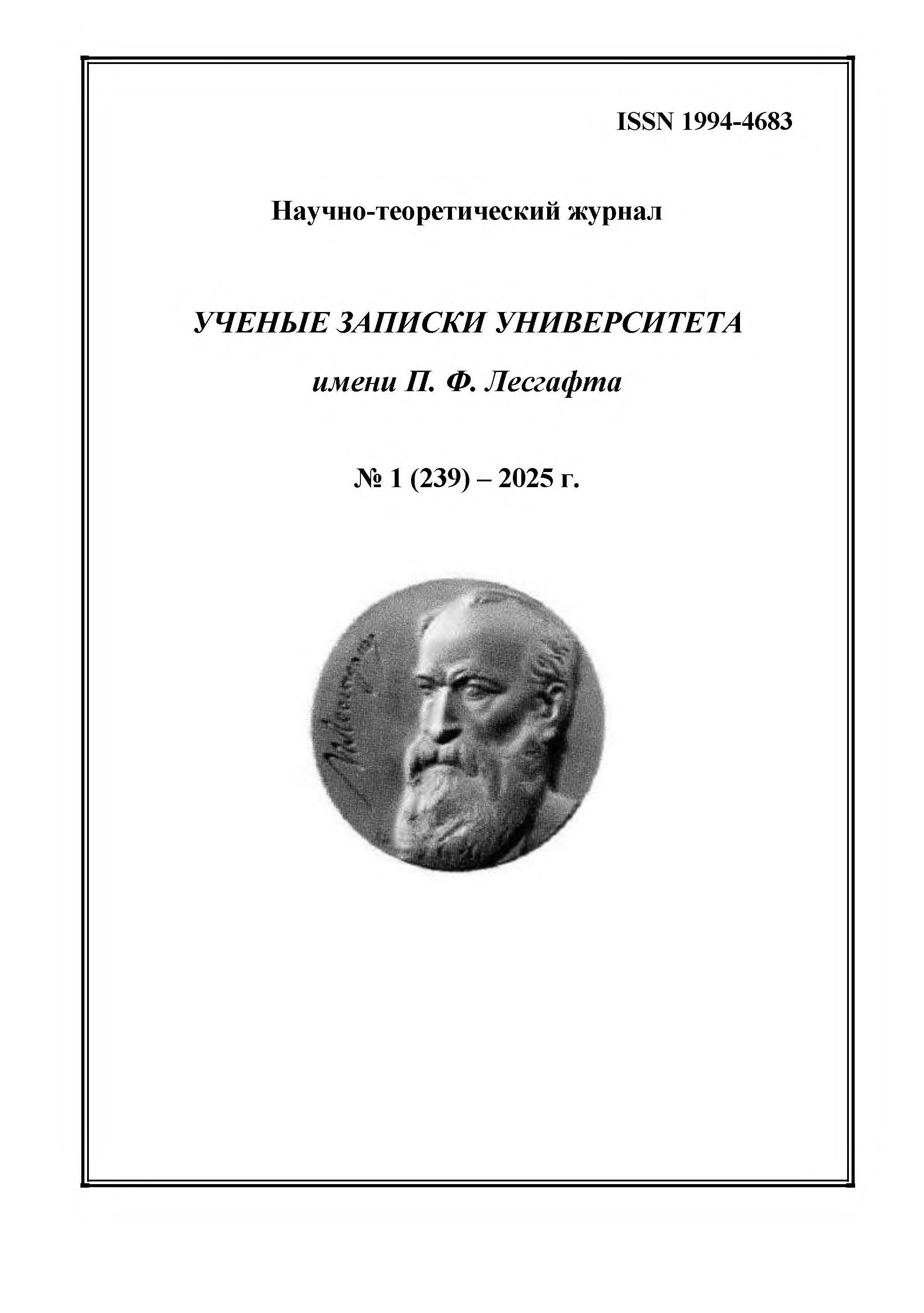Moscow, Russian Federation
employee from 01.01.2002 to 01.01.2025
Saratov, Saratov, Russian Federation
from 01.01.2013 until now
Russian Federation
Saratov, Russian Federation
CSCSTI 15.41
The purpose of the study is to analyze the phenomenon of aggression in the context of its negative and positive consequences for individuals engaged in sports activities. The subject of the research is the aggression of athletes within the framework of sporting activities. The focus of the research is on the factors that have varying degrees of influence on the expression of aggression in athletes. Research methods and organization. Theoretical analysis and generalization of data from scientific and methodological literature dedicated to the phenomenon of aggression and aggressiveness were employed, along with methods of pedagogical observation and oral conversation, surveys, processing and interpretation of statistical data. The study involved athletes participating in basketball sports sections at the Saratov State Technical University named after Y.A. Gagarin and at the Saratov State University of Genetics, Biotechnology, and Engineering named after N.I. Vavilov. Research results and conclusions. The results obtained from the study allow us to conclude that the identified factors have a direct degree of influence on the manifestation of aggression in athletes, which can be constructive and contribute to achieving sports results, or hostile, hindering them.
aggression, aggressive behavior, sports psychology, emotions, behavior
1. Berkowitz L. (2007), “Aggression: causes, consequences and control: the world's best textbook on the psychology of aggression”, St. Petersburg, Prime-Euroznak, 510 p.
2. Meshcheryakov B. G., Zinchenko V. P. (2004), “A large psychological dictionary”, St. Petersburg, Prime-Euroznak, 672 p.
3. Rosenfeld A. S., Ryamova K. A., Stepin G. V. (2023), “Aggression and morality in the socio-cultural space of sports activity”, Man. Sport. Medicine, Vol. 23, No. S1, pp. 76–84, DOI:https://doi.org/10.14529/hsm23s111.
4. Sigal N. S., Shtykh V. A., Alexandrov Yu. V. (2014), “Aggression in sports activity”, Slobozhansky Scientific and Sports Bulletin, No. 3 (41), pp. 86–89, DOI:https://doi.org/10.15391/snsv.2014-3.017.







